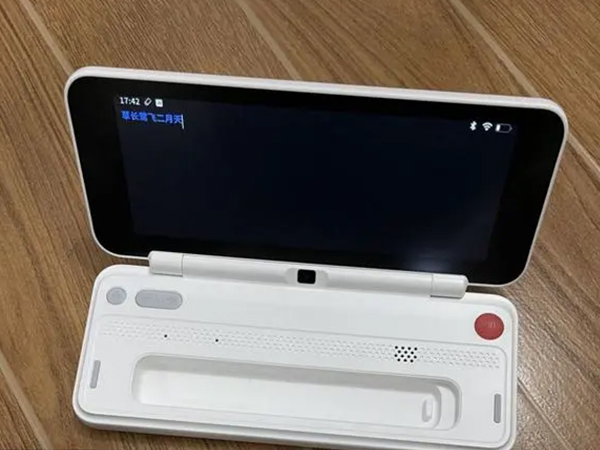




Ensuring the stability of data transmission in touch displays is crucial for providing a seamless user experience. Touch displays are widely used in various fields, and any interruption or instability in data transmission can lead to unresponsive touch interactions, lagging visuals, or system malfunctions. Several strategies can be employed to enhance data transmission stability.
One of the fundamental approaches is to optimize the hardware interface. High - speed interfaces such as USB 3.0, USB - C, or Thunderbolt offer significantly faster data transfer rates compared to older interfaces. For example, USB 3.0 can achieve transfer speeds of up to 5 Gbps, which is more than sufficient for transmitting touch input data and display content in real - time. Using high - quality cables with proper shielding is also essential. Shielded cables prevent electromagnetic interference (EMI) from external sources, such as nearby electrical devices or wireless signals. This interference can distort the data being transmitted, causing errors and instability. By using cables with multiple layers of shielding, including aluminum foil and braided copper mesh, the integrity of the data can be maintained.
In addition to hardware improvements, software - based optimization plays a vital role. Driver updates are crucial for ensuring compatibility between the touch display and the host device. Manufacturers often release updated drivers that address bugs, improve data handling algorithms, and enhance overall performance. For instance, updated drivers may include optimizations for buffering touch input data, reducing latency, and preventing data loss. Error - correction codes (ECC) can also be implemented in the software stack. ECC algorithms detect and correct errors that occur during data transmission, ensuring that the received data is accurate. This is particularly important for touch displays, where even a small error in touch input data can lead to an incorrect user interaction.
Another aspect is the implementation of reliable communication protocols. Some touch displays use proprietary protocols, while others rely on standard ones like HID (Human Interface Device) or DisplayPort. Standard protocols have the advantage of being widely supported and well - understood, reducing the risk of compatibility issues. However, proprietary protocols can be optimized for specific touch display features. In either case, ensuring that the protocol has built - in mechanisms for flow control and retransmission of lost packets can enhance stability. Flow control regulates the rate at which data is sent to prevent buffer overflows, while packet retransmission ensures that any data that fails to reach the destination is resent.
Furthermore, power management can impact data transmission stability. Unstable power supply can cause fluctuations in the electrical signals used for data transfer. Using a stable power source, such as a high - quality power adapter with proper voltage regulation, is essential. Some touch displays also have built - in power management features that can optimize power usage while maintaining data transmission stability. For example, they may adjust the power supply to different components based on the current data transfer requirements.
